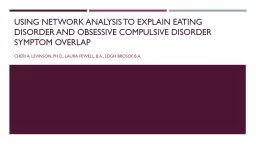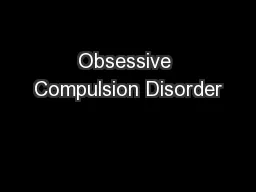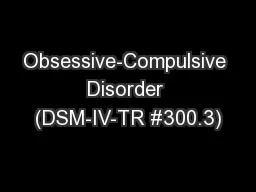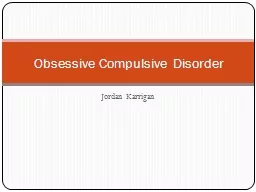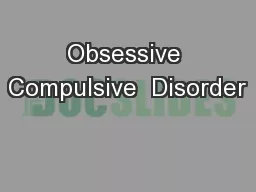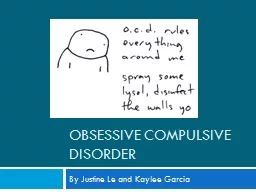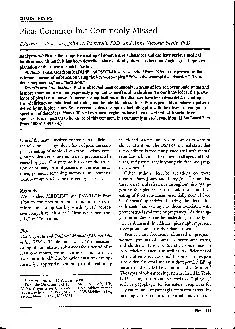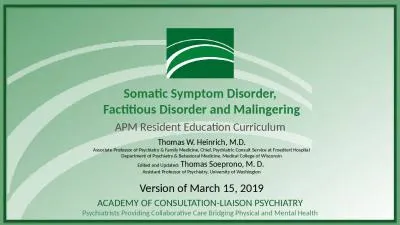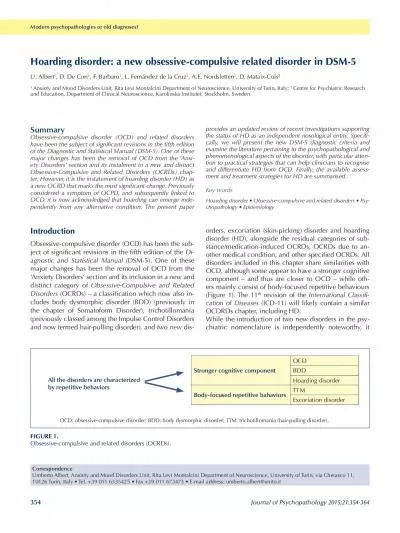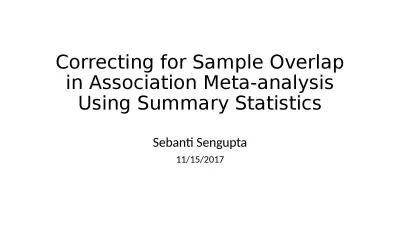PPT-Using Network Analysis to Explain Eating Disorder and Obsessive Compulsive Disorder Symptom
Author : marina-yarberry | Published Date : 2018-02-19
Cheri A Levinson PhD Laura Fewell BA Leigh Brosof BA Conflicts of INterest I have no conflicts of interest to disclose Eating Disorders And obsessive Compulsive
Presentation Embed Code
Download Presentation
Download Presentation The PPT/PDF document "Using Network Analysis to Explain Eating..." is the property of its rightful owner. Permission is granted to download and print the materials on this website for personal, non-commercial use only, and to display it on your personal computer provided you do not modify the materials and that you retain all copyright notices contained in the materials. By downloading content from our website, you accept the terms of this agreement.
Using Network Analysis to Explain Eating Disorder and Obsessive Compulsive Disorder Symptom: Transcript
Download Rules Of Document
"Using Network Analysis to Explain Eating Disorder and Obsessive Compulsive Disorder Symptom"The content belongs to its owner. You may download and print it for personal use, without modification, and keep all copyright notices. By downloading, you agree to these terms.
Related Documents

